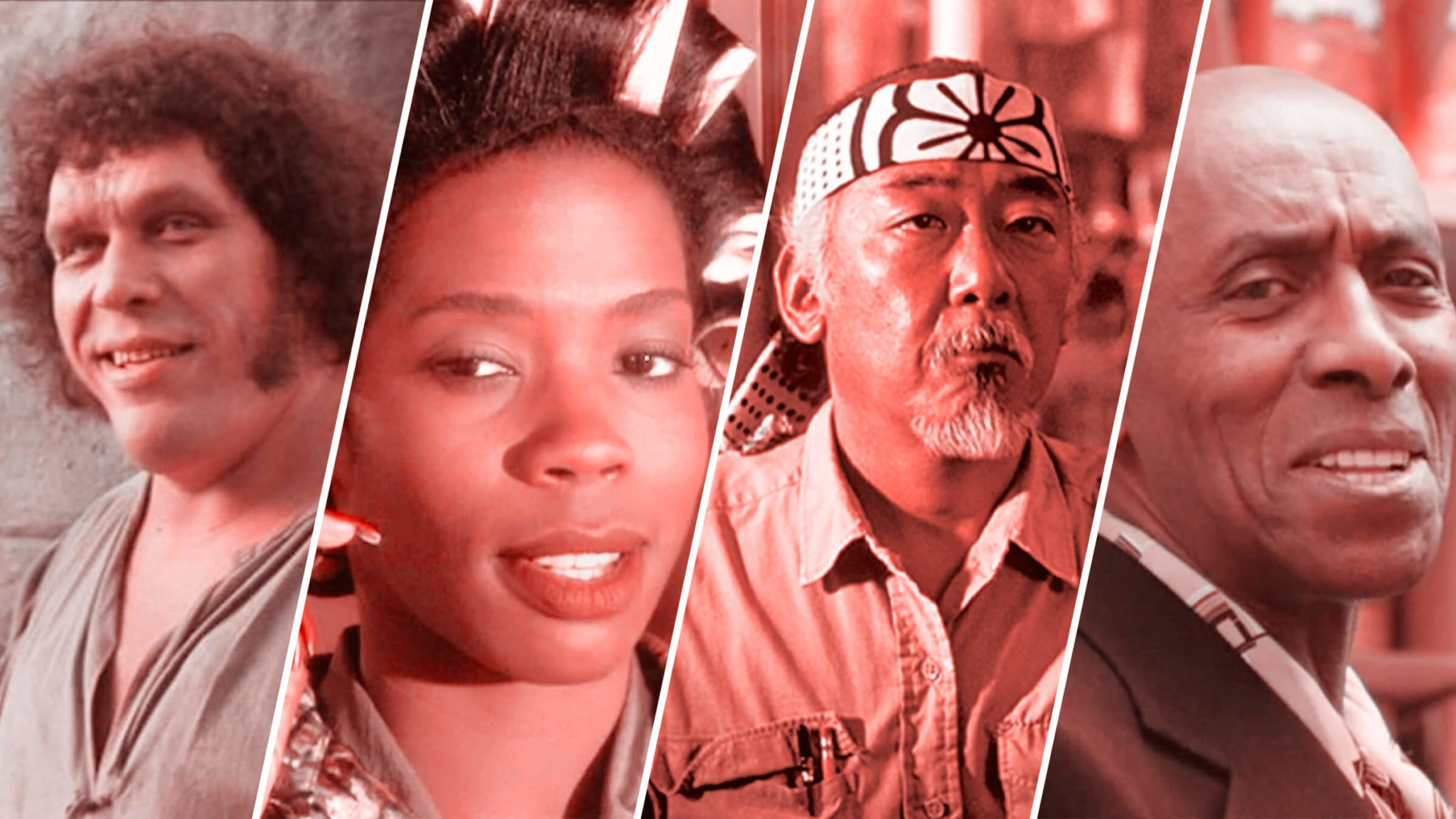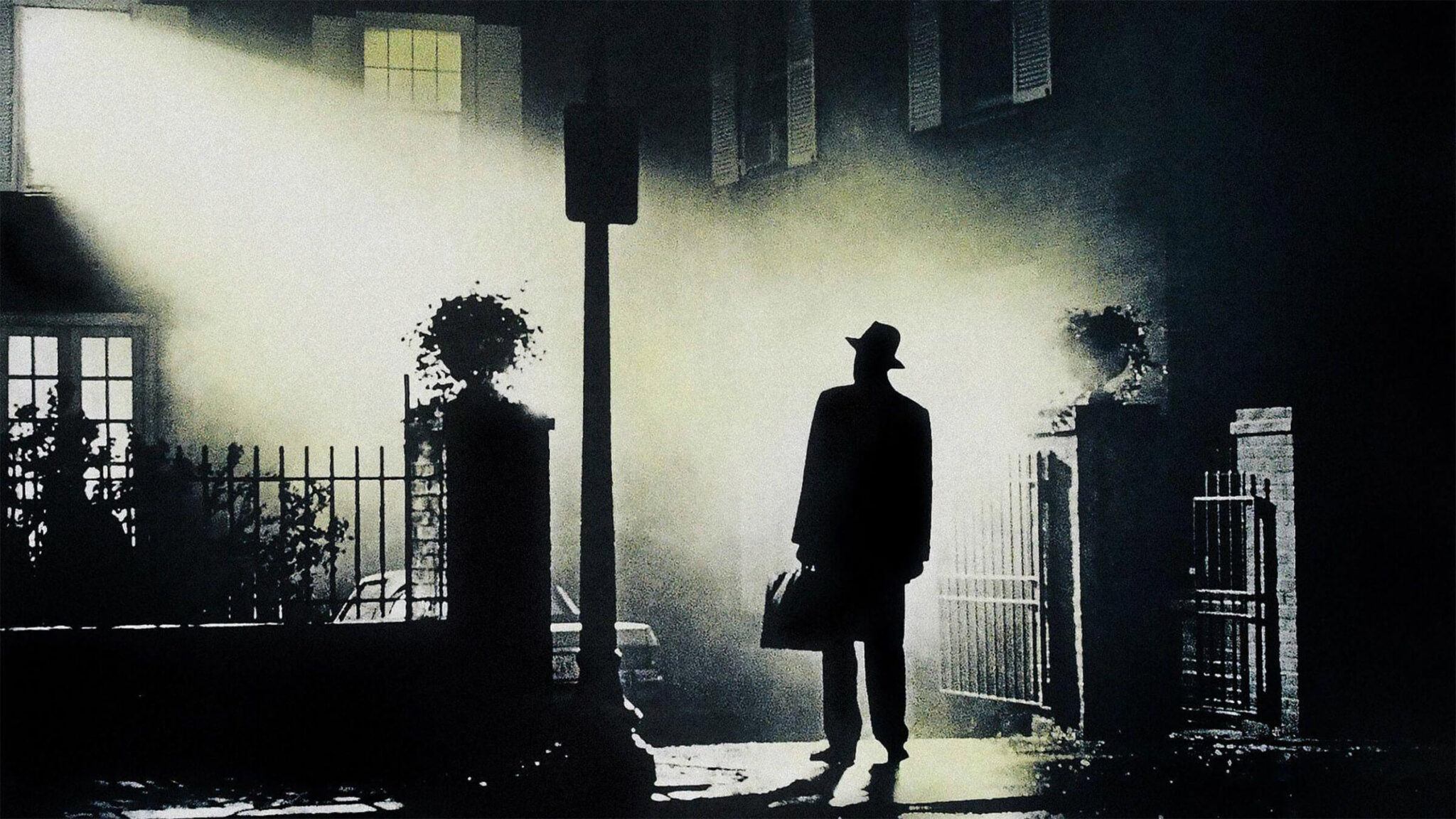7 Ways Screenwriters Can Create Better Character Empathy

How can screenwriters make audiences and readers care more about their characters within feature screenplays and TV pilots?
Empathy is often defined as the action of understanding, being aware of, being sensitive to, and vicariously experiencing the feelings, thoughts, and experiences of another. That's exactly what you want the reader reading your script and the audience watching your movie to feel. You want them to live vicariously through your characters because that is the cinematic experience that most people want to be engaged by.
Old and dated screenwriting advice told us that our protagonists have to have a likability factor to them. In today's cinema and television platforms, that rule has become more and more blurred thanks to excellent storytelling that offers flawed characters and antiheroes as protagonists.
Shows like The Sopranos, Breaking Bad, The Walking Dead, Game of Thrones, Yellowstone, and others have excelled at presenting characters that aren't always likable — yet we feel empathy towards them because of various character traits.
And sometimes there is a reverse factor to this where characters are written in near flawless fashion. There's a reason that a superhero character like Superman or Captain America is difficult to tackle because it's hard to find character depth within those flawless "boy scout" character types. There's only so many bad guys you can throw at them to create outside conflict.
Sometimes you need to create more empathy for your otherwise dark antihero characters. Sometimes you need to create more empathy for those seemingly bulletproof proverbial angels that can do no wrong. And, sometimes, you want to create more empathy for your antagonists and villains to make their characters more interesting and relatable, which adds to the characterization and conflict within your scripts.
Here we offer seven ways to accomplish this. Some may seem overly simplistic at first, but they at least point you towards a path that leads to better characterization and more character depth.
1. Mourning the Loss of a Loved One
Having a character in mourning is an outstanding way to create empathy and add depth. In Lethal Weapon, Martin Riggs isn't just a crazy detective with a death wish. He's mourning the loss of his beloved wife. This creates an empathetic experience with the reader and audience that helps them better identify with what that character is going through.
2. Being the Underdog
The best sports movies are those that showcase the story of the underdog. No one wants to see the champions win another game. That's one of the reasons that the NFL's New England Patriots are sometimes so hated beyond their fanbase — they keep winning, and they are almost always in the big game.
Audiences love an underdog. Why? Because they can identify with that. They understand what it means to be that Average Joe.
When you position your character as the underdog in whatever situation they are in, it means that there's going to be more struggle and conflict. And conflict is everything in a successful screenplay.
In Rudy, how interesting would it have been if it was the story of a star quarterback getting recruited into the Notre Dame football program and going on to win the big game? Not that much. But when we see this small figure with bad grades trying to play for the team that he — and especially his father — adore, there's something special to witness.
3. Being an Animal Lover or Protector of Innocence
This goes back to the dated "save the cat" mantra, but there's undoubtedly some truth to the subtle effectiveness of a character showcasing a love for animals or one that embraces innocence. It points to a character trait that audiences appreciate — humanity. Frankenstein's Monster showcased such a quality when he met that little girl.
Despite his simple mind not being able to express his benevolence properly, this moment showed us that Frankenstein's Monster was not just a monster to fear. He was a human being — he had heart.
In John Wick, the titular character is not only mourning the loss of his wife, but he also showcases that love for animals. While the puppy that his wife left him after she died was more of a symbol representing his last connection to her, the fact that he displayed humane traits allowed the audience to feel instant empathy towards him — despite the fact that he was really a trained and lethal killer.
4. Dealing with Disease, Addiction, or Other Inner (and Outer) Struggles
It could be cancer, shame, guilt, depression, anxiety, schizophrenia, or an addiction. When you give your character an inner struggle to deal with, the audience feels that empathy towards them — even if your character is an antagonist or antihero.
Had Breaking Bad just been about a man who decided to live a life of crime for money, there would have been little to no empathy towards him. But because he had cancer and was doing all of that for his family, the audience feels more empathy towards him.
And this also applies to outer struggles as well. When characters deal or live with physical ailments or disabilities, the audience empathizes with their struggles — even if it is at a superficial level at first. Giving a character these types of traits can be done in a subtle fashion or can be center to the concept as a whole.
Nemo from Finding Nemo represented a character that had a subtle physical disability in the form of a birth defect in his fin. While this wasn't center to the overall concept of the story, it was particularly central to his character arc — and his father's as well.
In Wonder, Auggie has a medical facial deformity. This outer struggle is key to the concept of the movie itself and plays a huge part in every character within the story.
Depending on any disease, addiction, inner struggle, or outer struggle isn't a desirable way to tackle any character or story. Instead, they should be used to inject opportunities for characters to prevail against the conflicts that they cause. That is what offers the audience a cathartic experience as they empathize with your characters.
Read ScreenCraft's The Single Most Important Element of a Successful Screenplay!
5. Showcasing Loyalty
A character that displays devout loyalty to his or her own family, friends, mentors, or peers has a character trait that audience members respect and cherish — loyalty.
The antihero Wolverine/Logan in Logan displays his sheer antihero qualities that were a staple for his character in all of the X-Men movies in full force. In the timeline of this film, he's all about self-preservation. He doesn't even care about the little girl at first. But we learn that his self-preservation is accompanied by his loyalty for an aging Professor Xavier — the only man that ever showed faith in him as a human being when we first met him in the first X-Men movie.
He could just have easily been left Professor Xavier to die — the world would have been safer if he had — but instead, he suffered through a thankless limo driving job to afford the drugs that the Professor needed and he did everything he could to keep him safe.
6. Overcoming a Fear
Fear is a powerful emotion. It also happens to be the driving force behind concepts and characterization.
You can find some of the greatest movie or television series concepts by exploring the fears that we as humans suffer from — fear of the water (Jaws), fear of spiders (Arachnobia), fear of clowns (It), fear of enclosed spaces (Buried), fear of the dark (The Descent), the fear of sleep or nightmares (A Nightmare on Elm Street), the fear of public speaking (The King's Speech).
When a character is facing his or her greatest fears, there's an instant empathetic connection — even if the audience doesn't suffer from that very fear. And if the concept itself isn't centered around the fear the character is facing, how the fear relates to the concept of the story only enhances the story itself.
In one of the stories in Twilight Zone: The Movie, a character is facing his fear of flying. That fear is paired with the concept of a man seeing a creature on the wing of the passenger jet he's within. His fear of flying and the concept of him being the only one that sees a creature on the wing of a passenger jet enhances the concept itself, and the characterization of his character. There's a duality between them. Is his fear of flying causing him to see things? The crew clearly believes so.
And it's not always about a particular phobia.
In Aliens, Ripley is dealing with her fear of her past experience with the xenophobe alien. This is the driving force of her characterization in the sequel. She has to overcome this fear and face the Alien Queen in the end.
When we understand a character's crippling fear of something, we empathize with them even more.
7. Being Treated Unjustly
It's embedded in our human nature to feel for someone that has suffered through some form of injustice. This character trait can be central to the concept like it was in The Fugitive.
As well as the film Double Jeopardy.
And even more masterfully in The Shawshank Redemption. When we see Andy's escape, knowing the immense amount of injustice he faced throughout his decades spent in prison for a crime he did not commit, the payout of the empathy we felt for him is delivered tenfold — and that is what makes this character trait so powerful.
And this injustice trait can be applied subtly as well. It doesn't have to encompass the whole story. Instead, it can add to the depth of the character and gives audiences a reason to feel for them just a little more.
When Chris Chambers confides in Gordy about the milk money, we empathize with Chris's character even more. Sure, he still took the money. But the injustice he faced at the hands of a teacher that took the money he gave back to spend it on a new dress forces us to understand what he goes through because of his family name. Even when he tried to do the right thing and return the money, he couldn't escape his family's reputation.
Character empathy is vital to your screenplay. If the audience doesn't feel some form of empathy towards them, especially your protagonists, there's going to be less of an impact made upon them. You want and need to make that cathartic mark on whoever reads your script and whoever watches your movie or television show episode.
These are just seven of the many ways you can accomplish that, and each of these ways can be paired with others to enhance that empathy even more. And remember that these character attributes are only the beginning. It's up to you to explore them within your characters, the concepts of your stories, and the many story arcs and character arcs throughout your screenplays.
Ken Miyamoto has worked in the film industry for nearly two decades, most notably as a studio liaison for Sony Studios and then as a script reader and story analyst for Sony Pictures.
He has many studio meetings under his belt as a produced screenwriter, meeting with the likes of Sony, Dreamworks, Universal, Disney, Warner Brothers, as well as many production and management companies. He has had a previous development deal with Lionsgate, as well as multiple writing assignments, including the produced miniseries Blackout, starring Anne Heche, Sean Patrick Flanery, Billy Zane, James Brolin, Haylie Duff, Brian Bloom, Eric La Salle, and Bruce Boxleitner. Follow Ken on Twitter @KenMovies
For all the latest ScreenCraft news and updates, follow us on Twitter, Facebook, and Instagram.
Tags
Get Our Screenwriting Newsletter!
Get weekly writing inspiration delivered to your inbox - including industry news, popular articles, and more!




























